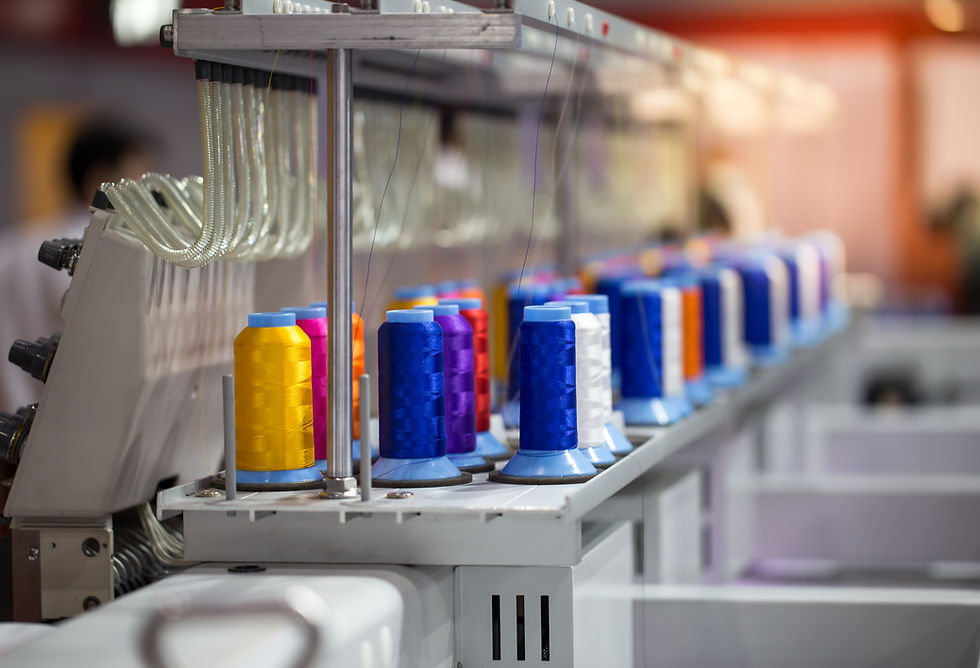What Is A Robust Manufacturing Process? (Part 1)
- May 31, 2024
- 2 min read
Updated: Jun 12, 2024
During a Core Tools III training session I presented, a student asked a relevant question which deserves a quantitative answer. So to answer more comprehensively than I did during the training, I will break down my response to this question into several posts you can follow.
Often in the automotive industry, we throw around phrases like “Best in Class”, “Lessons Learnt" and "Robust Process” without further explaining what we mean by these. I was asked “What is a Robust Process?” when using that last phrase. Having briefly answered what a robust process is without quantifying it, I continued the lecture.
If someone had given me that answer when starting in process manufacturing, I would have again asked “So what is it?”.
The definition is:
A robust process is one that consistently produces products at the required volume and meets or exceeds the customer’s quality expectations with minimal variation regardless of changing conditions or inputs.
That statement still leaves me asking the same question. It does not give me boundaries or targets to which I can claim I have a robust process. So let’s dig deeper.
What do I need to achieve to make my process robust?
This question should be asked when designing the initial process at your PFMEA stage. Unfortunately, all too often, this critical stage of process design is often overlooked. However if you have inherited an existing process that performs below expectations, then you need to identify the functions or systems that need to be initiated (if they don’t already exist) and the targets for each of these “Tools” in order to claim a robust process.
If we look at the definition above, we can start to break it down into chunks...
Firstly, if we want a facility to perform with minimal variation in the required volume, the production line must be capable of achieving quantity and quality. If quality is poor, this will have an adverse effect on both the quantity and delivery. So what better measurable to monitor than Overall Equipment Efficiency (or OEE in short)?
Okay, I hear some ask, so "What is OEE, what is my target and what do I need to do to reach and maintain that target?". I am not going to do in these articles is teach OEE or any other system that gets mentioned, however, I shall give pointers and targets to such mentioned quality systems to help you understand what they are and, more importantly, what the quantifiable target values are.
Hopefully having wet your appetite, my next article will break down what OEE is, what to aim for and what tools and systems help maintain OEE.

Written by:
Matthew Woodford (ht+a Trainer & Consultant)



Comments